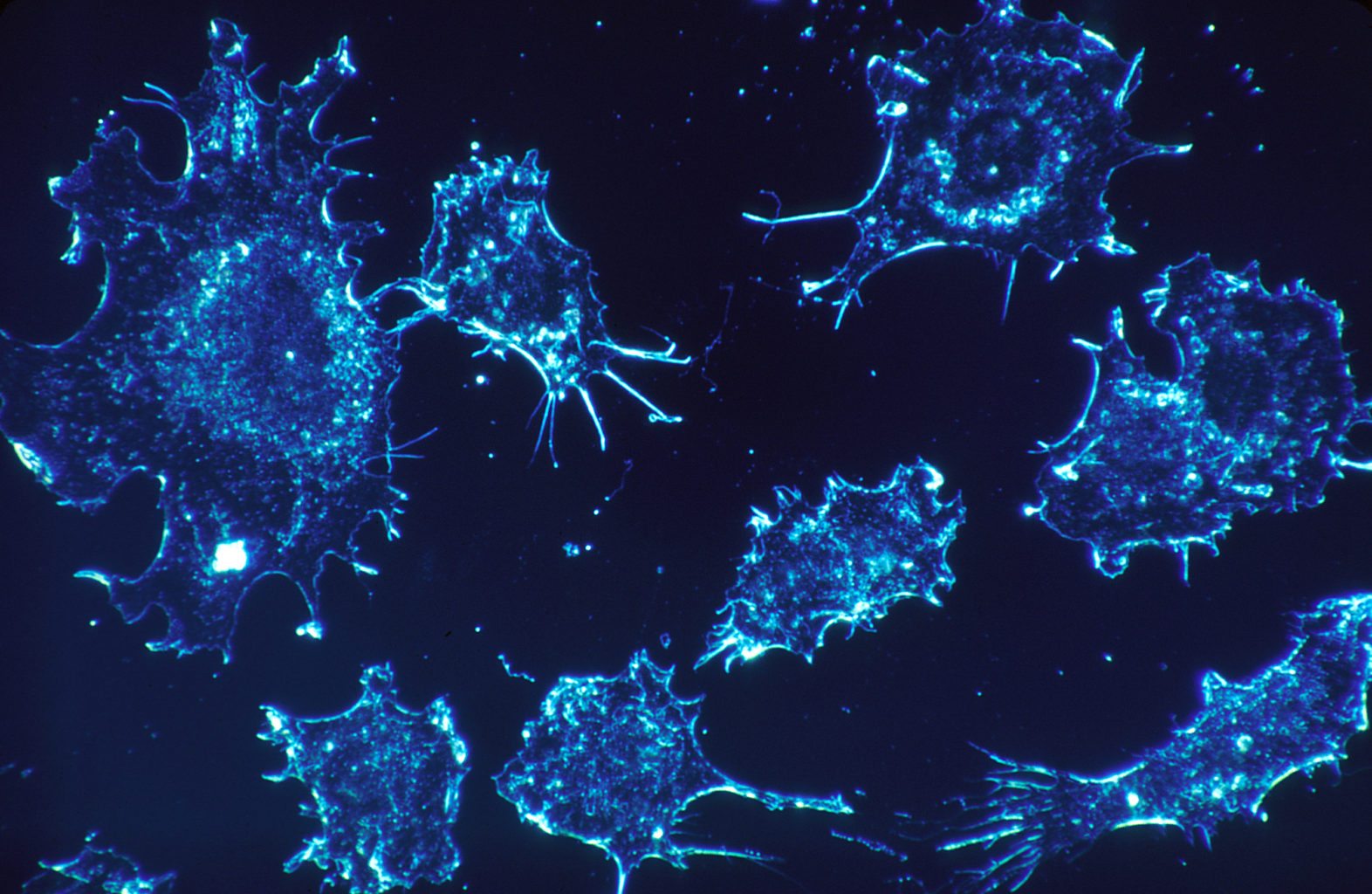Organo-metallic drug kills cancer cells from the inside
In ground-breaking research by Professor Peter J. Sadler and his group from Warwick Chemistry, cancer cells have seen to be targeted and destroyed from the inside. Sadler, who has previously held the position of head of the Warwick chemistry department and was one of the first researchers to investigate the use of metals in medicine, has made numerous advancements in this field since the 1970’s. Not only has he made reagents to be used in MRI imaging and an injectable drug for arthritis early in his career, but most notably he has developed numerous metal-based drugs used to fight cancer as part of chemotherapy treatments.
In 2015 Sadler developed FY26 in partnership with Warwick’s Department of Chemistry and the Warwick Cancer Research unit. This was arguably his most successful contribution to cancer drug production. Not only was the drug effective, but it was proved to be forty-nine times more powerful than Cisplatin- a platinum-based chemotherapy drug that has been in use since 1978.
FY26 is an osmium-based compound that is able kill a cancer cell by disrupting its method of energy generation. While healthy cells use their mitochondria to generate the energy they need to function and duplicate, cancer cells have mitochondria that have a fault that renders them unable to produce the required power. Because of this cancer cells use the metabolic ability of their cytoplasm rather than the mitochondria to generate this energy. FY26 prevents the cancer cell from using its cytoplasm which leads to its destruction.
FY26 prevents the cancer cell from using its cytoplasm which leads to its destruction.
And now, more recent research has demonstrated the action of FY26 in detail never seen before. In images acquired by a nano-focussed X-ray beam at the European Synchotron Radiation Facility (a research facility in Grenoble housing the world’s most powerful X-ray source) FY26 was seen to attack ovarian cancer cells from within the mitochondria themselves. As well as this, the high resolution of the images allowed the activity of the compound, and the movement of metals including zinc and calcium within the cell, to be monitored. This gives an additional insight into how FY26 attacks the cancerous cells, as calcium is known to affect cell functionality and it may be this element that helps to position the drug for optimal attack.
FY26 is thought to be cheaper to produce than existing treatments; active even against cancer cells that are now resistant to platinum-based drugs such as Cisplatin and also more selective against healthy cells.
As well as the impressive statistics concerning its effectiveness, FY26 is thought to be cheaper to produce than existing treatments; active even against cancer cells that are now resistant to platinum-based drugs such as Cisplatin and also more selective against healthy cells. While platinum based drugs (such as Cisplatin) are used in nearly 50% of all chemotherapy treatments, their lack of selectivity towards the attack of solely cancer cells results in unpleasant side effects such as neurotoxicity, nausea and vomiting.
Sadler himself has stated that “cancer drugs with new mechanisms of actions which can combat resistance and have fewer side-effects are urgently needed”. With this in mind, the development of a drug like FY26, and the use of advanced imaging techniques such as the X-ray beam at ESRF, are more important than ever for the future of cancer treatments and drug delivery as a whole.

Comments